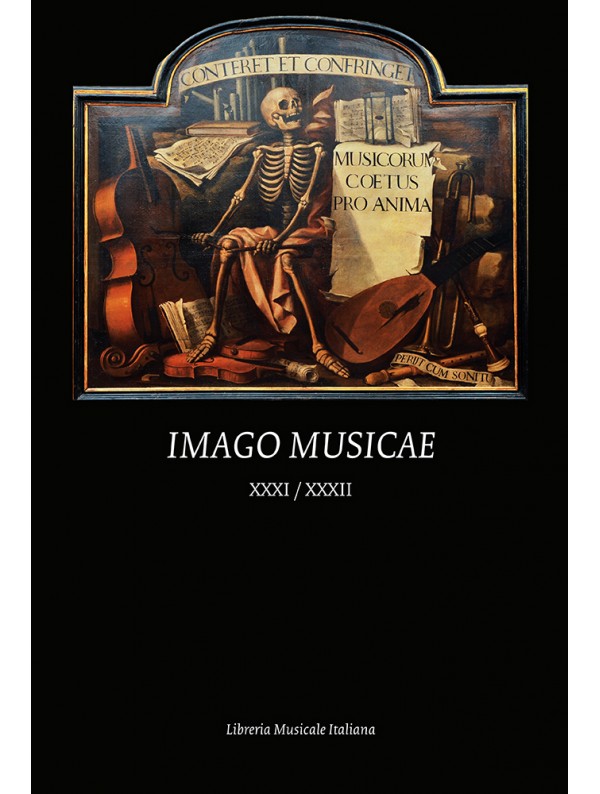Envisaging marriage: towards the artistic and intellectual microcosm of a Wittelsbach chapel singer in 1568
Abstract
This paper sheds new light on MS 2129 of the music collection of the Austrian National Library in Vienna and its border decorations. The lavishly decorated choirbook consisting of only fifteen folios of imposing size, was produced by Richard of Genoa, singer and scribe of the Wittelsbach music chapel in Munich, in the aftermath of the wedding of the Bavarian Duke William V and Renata of Lorraine (1568). The only musical piece it contains is the tripartite motet Gratia sola Dei which Orlando di Lasso had composed for that occasion. Important strands of the pictorial program can now be traced back to an authoritative text: the typological juxtaposition of the pagan deities and their Christian counterparts in the first set of medaillons, accompanied by verbal quotations, renders the Christiani matrimonii institutio by Erasmus of Rotterdam as a likely conceptual source. Further along, this humanist treatise on marriage offers the matrices for the Genesis-related depictions of the biblical patriarchs in part I, as well as a detailed rendering of the story of Tobias and Sarah in part II of Lasso’s epithalamium. As for the illustrations pertinent to part III – the ternary of worthy Jewish women (Esther, Susanna, and Judith), the memento mori, the virtues and vices, and the overarching concept of cursus mundi – MS ‘C’ of the music collection of the Bavarian State Library (1538), previously owned by Count Palatine Ottheinrich, proves to be exemplary, which might substantiate the idea of interpictoriality between both choirbooks.
https://www.lim.it/it/imago/6150-envisaging-marriage-towards-the-artistic-and-intellectual-microcosm-of-a-wittelsbach-chapel-singer-in-1568-9788855430869.html#/1-tipo_prodotto-pdf_lim





